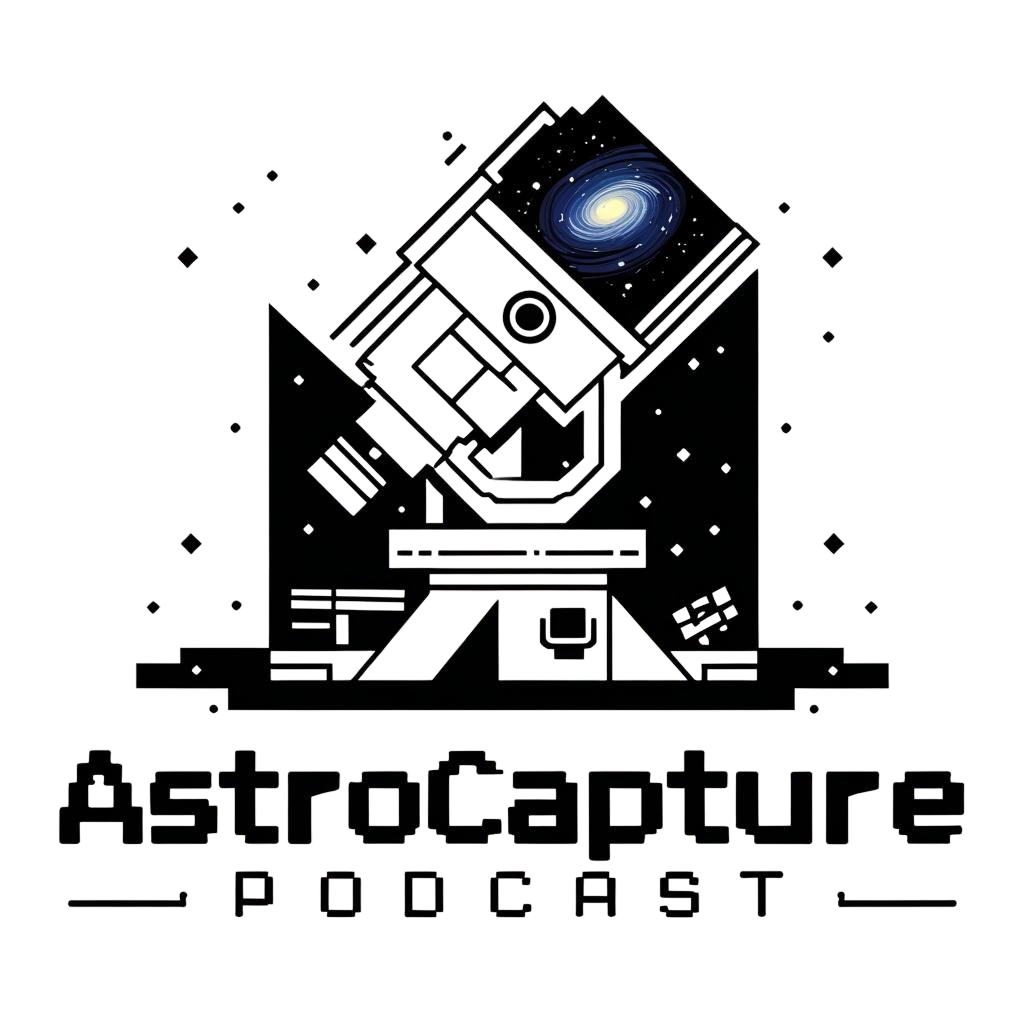Unveiling the Dumbbell: A Stellar Farewell in HORGB! 🌌✨
M27
I'm very happy to share my latest astrophoto, a vibrant view of M27, famously known as the Dumbbell Nebula! This iconic celestial object, located in the constellation Vulpecula (the little fox), is a favorite for good reason – it's absolutely stunning!
But what exactly is the Dumbbell Nebula? It's a planetary nebula, which is a beautiful but short-lived phase in the life of a star much like our own Sun. When stars like our Sun reach the end of their lives, they shed their outer layers, creating an expanding shell of glowing gas. The hot, dense core that remains, a white dwarf, then zaps these expelled gases with intense ultraviolet radiation, making them fluoresce with brilliant colors. This is essentially what our Sun will do in about 5 billion years – so we're looking at a glimpse into our own star's distant future!
The "dumbbell" shape comes from our perspective; it's actually a prolate spheroid (like a rugby ball) that we're viewing along its equator. Pretty cool, right? This nebula is quite a substantial object, stretching about 2.5 light-years across at its widest points! To put that into perspective, that's roughly half the distance from our Sun to the nearest star system, Alpha Centauri. It's also relatively close to us in cosmic terms, sitting at an estimated distance of about 1,360 light-years from Earth.
For this image, I really wanted to bring out all the intricate details and colors. I combined my RGB (Red, Green, Blue) data with narrowband data captured using my Optolong L-Ultimate filter. The L-Ultimate is fantastic for isolating specific wavelengths of light emitted by hydrogen (Ha) and oxygen (OIII) in nebulae. By blending these, I created an HORGB image (Hydrogen-Oxygen-Red-Green-Blue), which allows the vibrant reds of the hydrogen and the striking blues/greens of the oxygen to really pop, while still maintaining the natural star colors from the RGB data. The processing was more challenging than usual with some problems of alignment and I guess still not enough data to get all the details I wanted.
It's always amazing to capture these cosmic remnants, especially when you think about the stellar drama they represent. Hope you enjoy this detailed look at the Dumbbell!
Integration time - 10h05
LP filter: 28 x 240s - 112 mn / 29 x 300s - 145 mn L-Ultimate: 87 x 240s - 5h48mn
Setup:
TS-Optics SD-APO 102mm f/7
ZWO ASI533MC Pro
Sky-watcher EQ6-R Pro
Optolong L-Ultimate/IDAS LP-D2 filter
Askar M54 OAG
ZWO ASIAIR Pro
ZWO EAF
Pixinisight

